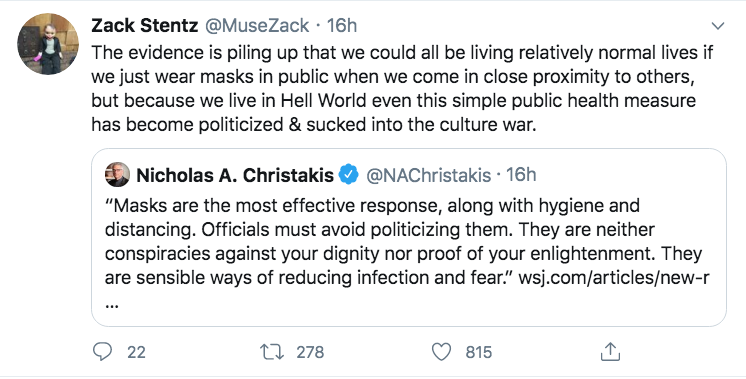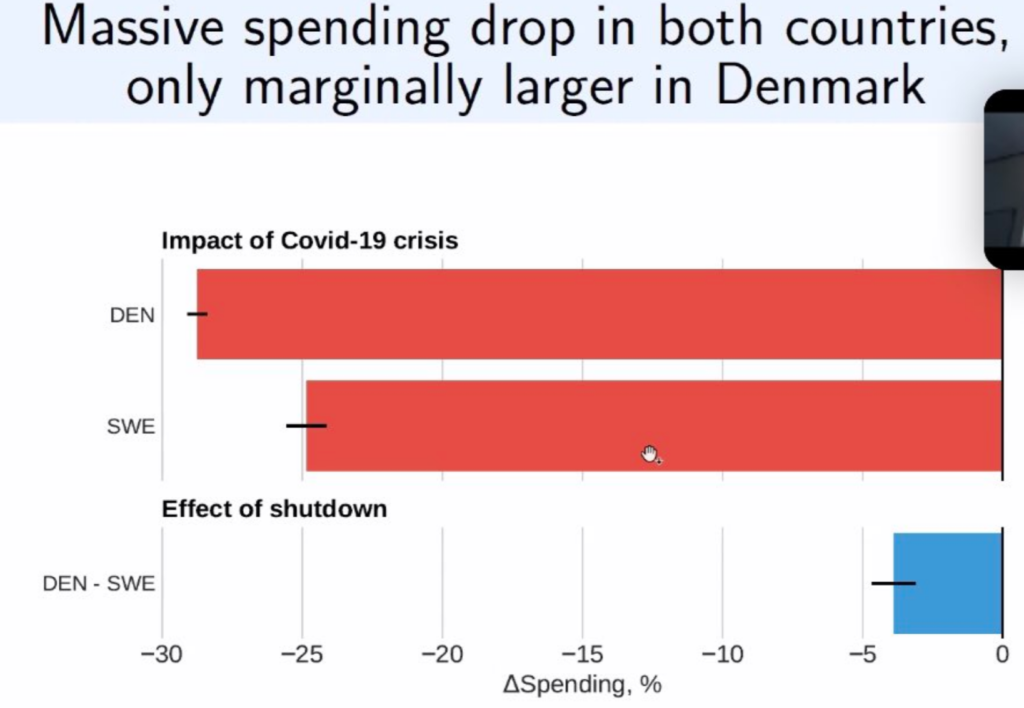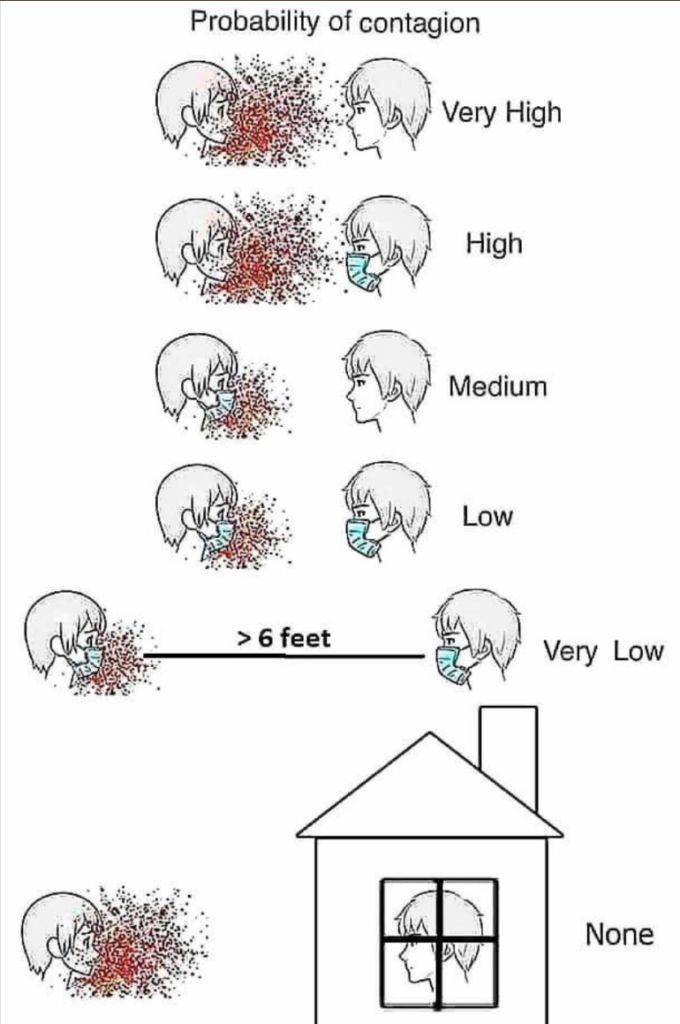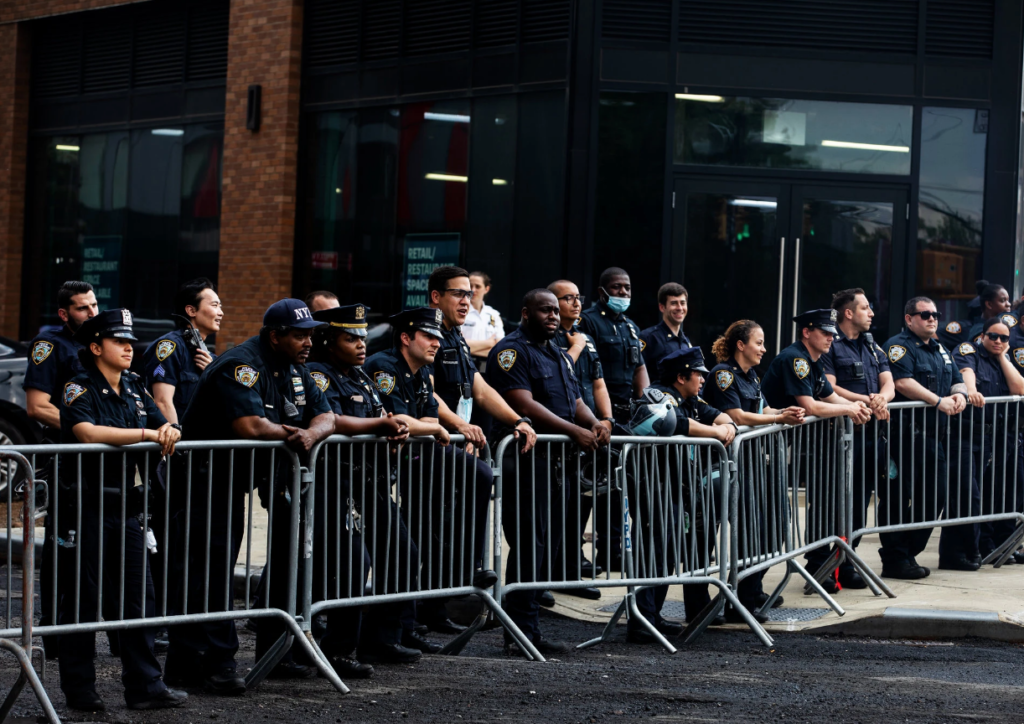Do well behaved countries do better against Covid-19?
Just as low interest rates can be a sign of a monetary policy that was previously too tight, lockdowns can reflect Covid-19 policies that were previously ineffective.
I’ve argued that we need easy money, not low interest rates, and that we need masks, testing and voluntary social distancing, not lockdowns. Others are beginning to agree:
While the culpability could appear to be on a so-called “rushed reopening,” one expert said the blame should instead be placed on the lack of a comprehensive testing and contact tracing system in the US.
And there are increasing suggestions that lack of mask wearing is the big failure:

Jerks are everywhere. But it’s fair to say there are more jerks in the northeastern US than in Utah or Oregon. And people are more likely to follow the rules in Japan, Korea, and Germany than in most other countries. (China’s a bit different, but then they have much more draconian polices.)
Update: Tyler Cowen linked to a related paper.
What about that “shortage” of masks? There are now so many masks that the price has fallen to three cents:
But with the coronavirus now largely controlled in China and production lines back on track, the face mask shortage has subsided, and prices have dropped from 1 yuan each all the way down to 0.2 yuan, Pan said. He still has 2 million face masks in stock, waiting to be sold, at his warehouse in the eastern Anhui province.
On the other hand, I’ve also argued that lockdowns are not the primary cause of our depression. Look at retail sales in Denmark and Sweden:

That data comes from this paper.
A study by Lisa B. Kahn, Fabian Lange, and David G. Wiczer shows the same pattern in the US:
We use job vacancy data collected in real time by Burning Glass Technologies, as well as initial unemployment insurance (UI) claims data to study the impact of COVID-19 on the labor market. Our data allow us to track postings at disaggregated geography and by detailed occupation and industry. We find that job vacancies collapsed in the second half of March and are now 30% lower than their level at the beginning of the year. To a first approximation, this collapse was broad based, hitting all U.S. states, regardless of the intensity of the initial virus spread or timing of stay-at-home policies. UI claims also largely match these patterns. Nearly all industries and occupations saw contraction in postings and spikes in UI claims, regardless of whether they are deemed essential and whether they have work-from-home capability. The only major exceptions are in essential retail and nursing, the “front line” jobs most in-demand during the current crisis.
PS. The recent drug test out of the UK looks to me like the first really promising result during this pandemic. I know that other tests have been reported as positive, but the data always looked iffy to me. This data really does look pretty strong. If true, we may see death rates fall faster than case rates in the future, a process that may already be underway, even accounting for the increased testing rate.
Not sure why this isn’t a bigger news story . . .
HT: Sam Bowman, Razib Khan



